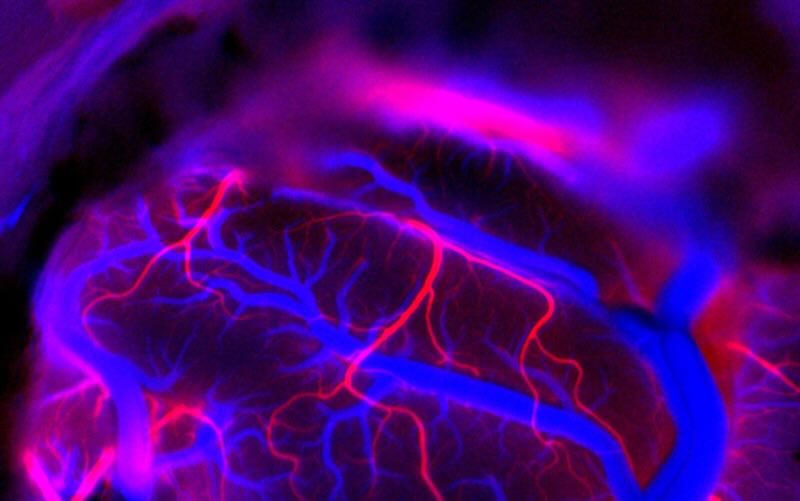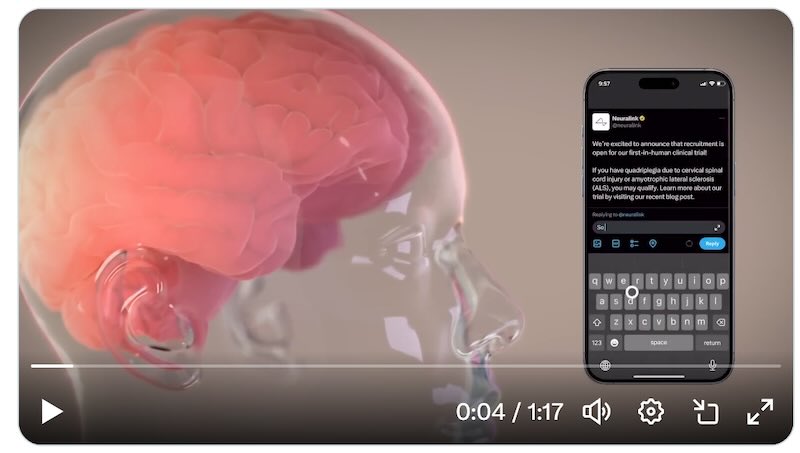For all the moonshot ambitions of Elon Musk’s various future-looking ventures, few have more powerfully profound implications than Neuralink’s quest to give vision to the blind. And according to Musk himself, that dream is already becoming a reality – at least for some fortunate monkeys.
Elon Musk revealed that the company’s “Blindsight” neural implant designed to restore sight has been successfully tested in primates. While cautioning that the initial resolution is limited to “early Nintendo graphics” fidelity, Musk stated the implant is indeed providing novel vision to the test subjects.
Neuralink has on X live video streaming helped a quadriplegic guy play video games. Elon revealed says: “Long-term, it is possible to shunt the signals from the brain motor cortex past the damaged part of the spine to enable people to walk again and use their arms normally.”
“The Blindsight implant is already working in monkeys,” Musk declared. “Ultimately [it] may exceed normal human vision.”
A Revolutionary Breakthrough for the Blind?
Of course, the true breakthrough will come when Neuralink can replicate those results in human trials – an eventuality Musk believes is not only possible but perhaps inevitable thanks to Blindsight’s core technological capabilities.
“Even if someone has never had vision ever, like they were born blind, we believe that we can still restore vision using Neuralink,” he boldly claimed.
Such a feat would be revolutionary. Current vision restoration practices require at least some preexisting optical biology to build upon – mechanisms like optic nerves or visual cortices to reawaken. The idea of an implant bypassing all that by essentially programming new eyesight directly into the brain is the stuff of science fiction.

Baby Step Towards Sci-Fi Brain-Computer Reality
Then again, Musk has never been one to shy away from freakishly ambitious sci-fi zaniness when it aligns with his view of an attainable future powered by trailblazing tech like neural lace.
If Blindsight does deliver on its promise after making the leap from monkeys to humans, it will represent a massive milestone – both for people impacted by blindness and Neuralink’s grander brain-computer interface ambitions.
While still firmly in the experimental research stage, successful vision restoration would prove a powerful step towards an enhanced, cybernetically augmented future. One where the merger of biological intelligence and AI could grant us abilities resembling telepathy or superhuman sight.
For now, Neuralink’s monkey work is a small step towards that bold new world. But you can bet the blindsight is set squarely on that horizon.
